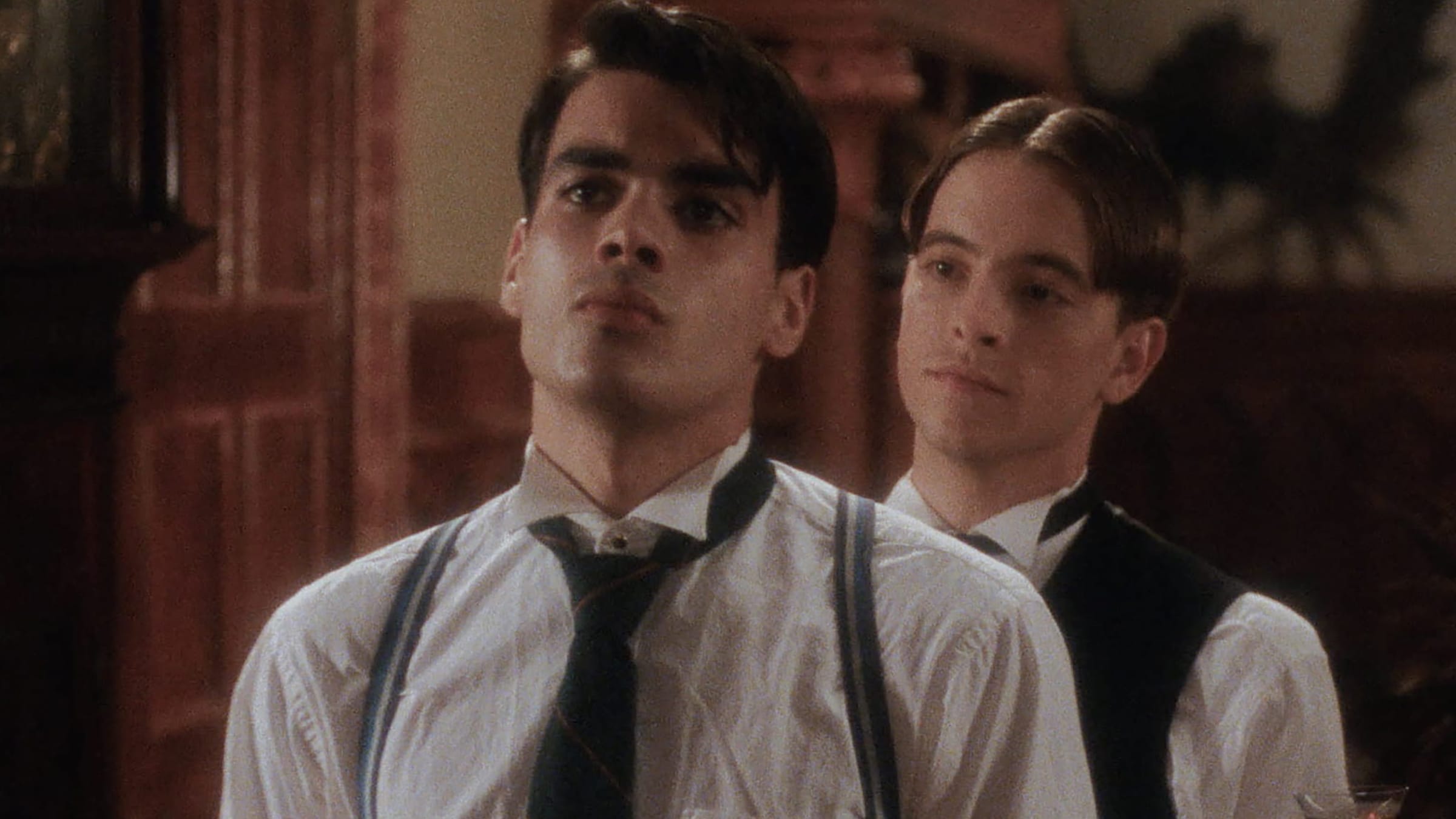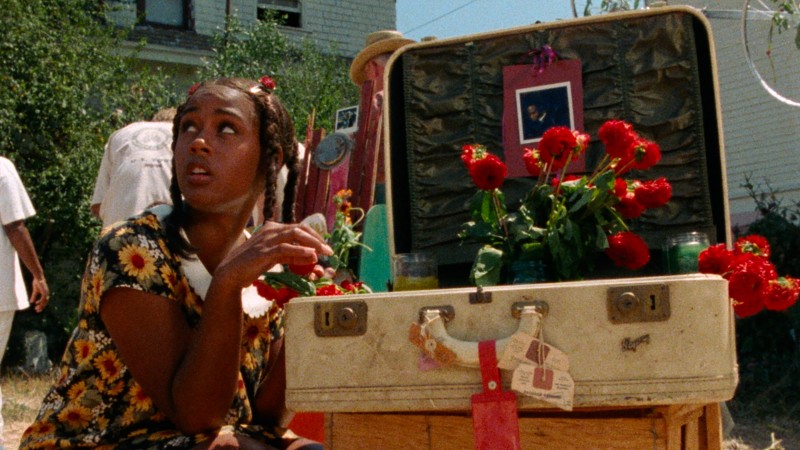The Perverse Magic of Long Ago: John Greyson on His Landmark Film Lilies

Before he made Lilies (1996), the feature that became his grand masterpiece, John Greyson was already known for his groundbreaking work in video. Identified by his irreverent humor, dance-hall pastiches, fierce political commitment, and brash inventiveness, the Canadian artist had amassed a global following through various showcases, including in New York and at the Berlin Film Festival. I met him when he was just starting out as a young man in New York City championing video and, as he would go on to do throughout his career, the work of other artists.
Based on a play by Quebec playwright Michel Marc Bouchard, Lilies was Greyson’s first adaptation and his first work to be made in 35 mm. The film wraps its transgressive themes—forbidden sexuality, race, gender, the Catholic Church, murder, and the miscarriage of justice—in a voluptuous style that alternates polished tableaux of an imagined 1912 with rougher scenes staged forty years later. Hallucinatory and pleasurable, Lilies became a breakthrough hit and won Canada’s Genie Award for Best Motion Picture of 1996 (beating out David Cronenberg’s Crash) as well as prizes for Best Art Direction/Production Design, Best Sound, and Best Costume Design.
Like the original theatrical production, the film moves not only between dual time frames but also between two locations—rural Quebec and a makeshift stage in a prison chapel. In the historical section, a romance between two young men, Simon Doucet and Vallier, arouses both resentment and desire in their repressed classmate Bilodeau, who exacts a terrible punishment for being rejected. On the shores of Lac Saint-Jean, an exotic beauty named Lydie-Anne descends in a hot-air balloon, and ultimately falls in love with Simon and plans to marry him. Meanwhile, Simon’s mother, the Countess (Brent Carver), decides to “leave for Paris,” a euphemism for taking her own life. In the parallel action set in 1952, an adult Simon serves an unjust prison sentence and contrives a way to bring the Bishop (the adult Bilodeau) to justice via a jailhouse pageant.
These switch-ups of couples and fates are Shakespearean in their variety and complexity, and Greyson succeeds in merging his own interests with Bouchard’s original explorations (small-town prejudices, historical wrongs, prison codes) to create a syncretic work that thrilled audiences in Canada and beyond.
I remember seeing Lilies for the first time at a private screening in Toronto. Greyson had just finished mixing, and soon the movie would be going to the Toronto Film Festival, but he wanted a small, friendly audience to see it first. I think I went with the filmmaker Lynne Fernie and some other pals, and I remember being absolutely stunned by it. I realized that this was not just a new phase in Greyson’s filmmaking but a brave new world entirely. Lilies went on to the New York Film Festival, where Stephen Holden reviewed it for the New York Times and described it as “an extravagantly mannered revenge fantasy . . . [that] raises the level of protest at religious prohibitions against homosexuality into a piercing operatic cry.”
In this conversation, I speak with Greyson nearly thirty years after the film’s premiere to unpack its origins, his intentions, and how Lilies plays today.









